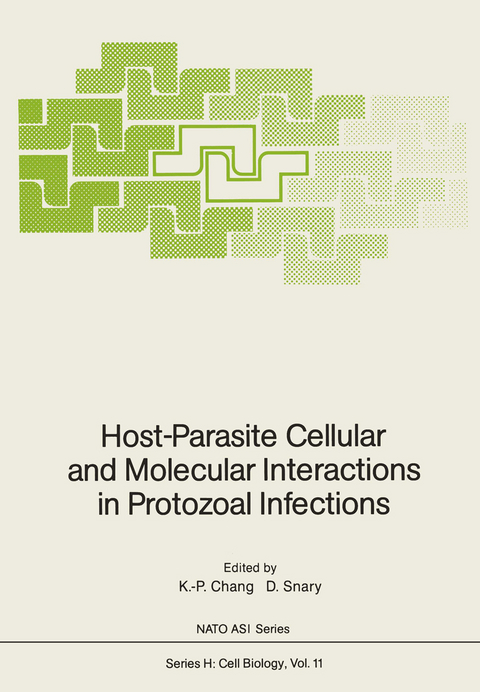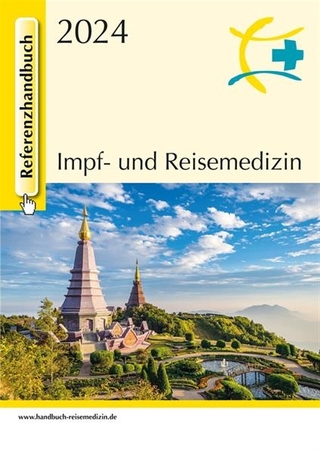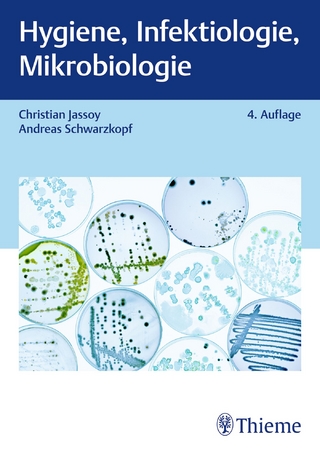
Host-Parasite Cellular and Molecular Interactions in Protozoal Infections
Springer Berlin (Verlag)
978-3-642-72842-6 (ISBN)
Tropical diseases such as leishmaniasis, malaria. trypanosomiasis, toxoplasmosis and amebiasis continue to plague the world, resulting in considerable morbidity and mortality, especially in the third world countries. These diseases are caused by a group of protozoa which have, over the years, undergone evolutionary adaptation to live often intracellularly in a parasitic way of life. So well-adapted have they become that they recognize the right hosts or cells to parasitize, yet at the same time they escape recognition and destruction by the host immune system. The mechanisms of such recognition and the escape of recognition are governed largely by host-parasite surface membrane interactions at the cellular and molecular level. Unique molecules produced by unusual pathways of these parasites have also been discovered and found to play important roles in their survival in the host. Understanding these mechanisms and pathways is essential not only to formulate a rational strategy for chemo- and immuno-prophylaxis and -therapy but also to unravel the mystery of biological evolution in symbiosis and parasitism. In the advent of our knowledge on the molecular biology and biochemistry of parasite membrane and other molecules, it is opportune to examine and discuss their possible roles in host-parasite recognition and interaction in a comparative approach. To highlight the recent advances of this area in various host-parasite systems, a NATO advanced Research Workshop was held from September 27 to October 1, 1986 at Hotel Villa del Mare, Acquafredda di Maratea, Italy.
Trypanosoma.- Pattern of variant surface glycoprotein coating in nascent metacyclic Trypanosoma brucei in the salivary glands of Glossina morsitans.- Evolution of antigenic variation in African trypanosomes.- Structural studies on the glycophospholipid membrane anchor of Trypanosoma brucei variant surface glycoprotein.- Metabolism of trypanothione and glutathionylspermidine in trypanosomatids.- Differentiation of Trypanosoma brucei from bloodstream to procyclic trypomastigotes.- Digestive enzymes, receptor-mediated endocytosis and their role in the nutrition of the bloodstream-form trypanosome.- The Cytoskeleton of Trypanosoma brucei: Genes and proteins.- Genetic re-assortment of African trypanosomes in Glossina.- Cell surface glycoproteins of Trypanosoma cruzii.- A specific inhibitor of Trypanosoma cruzii neuraminidase found in human plasma.- Definition of Trypanosoma cruzii antigens by antibodies and T cells.- Leishmania.- Molecular pathogenicity of Leishmania in intracellular Parasitism of macrophages: Association of virulent phenotype with increased expression of a major membrane glycoprotein and microsomal N-acetylglucosaminyltransferase.- Infectivity of Leishmania promastigotes is dependent on the expression of a 65,000 dalton surface antigen.- Characterization of developmentally regulated molecules of Leishmania.- Leishmania antigens probed by monoclonal antibodies to Leishmania membrane and to acetylcholine receptor.- Structural studies on surface glycoproteins of Leishmania promastigotes: Isolation, amino acid composition and amino terminal sequence studies.- Membrane attachment of the major surface protein of Leishmania promastigotes.- The promastigote surface protease of Leishmania.- Acid Protease activity of Leishmania gp63 and its possible role in virulence.- The roles of surface membrane enzymes and transporters in the survival of Leishmania.- The plasma membrane H+-ATPase of Leishmania donovani promastigotes.- Phosphomonoesterases and proteinases of Leishmanias.- The structure, localization, and function of the lipophosphoglycan of Leishmania donovani.- Leishmania host-parasite interactions: The development of chemotherapeutic targets and specific drug delivery systems I. Lipoprotein-mediated antileishmanial chemotherapy.- Recognition processes involved in binding and ingestion of Leishmania donovani by host macrophages.- Interaction of Leishmania and membrane-stabilizing drugs with human phagocytic cells.- Suppression of macrophage accessory functions by Leishmania donovani.- Plasmodium & Babesia.- Extracellular development of erythrocytic malaria parasites.- The relative roles of N- and O-linked carbohydrate in the invasion of human red cells by merozoites of Plasmodium falciparum.- Antigens of Plasmodium falciparum merozoites: Identification, isolation and functional characterization.- Studies on the Plasmodium falciparum 195,000 molecular mass merozoite surface antigen precursor.- Aspects of posttranslational modification of a major Plasmodium falciparum merozoite surface antigen.- Export of Plasmodium falciparum proteins to the host erythrocyte membrane: Special problems of protein trafficking and topogenesis.- Inhibition of knob formation on Plamodium falciparum-infected erythrocytes by 2-fluoro-L-histidine.- The knob protein gene of Plasmodium falciparum.- Phosphoproteins associated with the host erythrocyte membrane during Plasmodium chabaudi infection.- Malarial sporozoite - hepatocyte interactions mediating invasion and exoerythrocytic development.- Immuno-electron microscopic observations on Plasmodiumfalciparum sporozoites using ultracryomicrotomy.- Structural homology of membrane proteins of Babesia rodhaini.- Toxoplasma & Entamoeba.- The mechanism by which interferon gamma blocks the growth of Toxoplasma gondii in cultured fibroblasts.- Modification of host cell phagocytic compartments by intracellular Toxoplasma gondii.- Characterization of a 42 kilodalton rhoptry antigen of Toxoplasma gondii.- Entamoeba histolytica: Activation and release of membrane dense bodies.- Entamoeba histolytica: Effect of bacterial associates on isoenzyme patterns and virulence.- Insect vector.- Trypanosomatid-vector interfaces - In vitro studies on parasite substrate interactions.- The microecology of Leishmania in the gut and proboscis of the sandfly.- The cellular and molecular interactions of malaria species with their mosquito vectors.- Concluding Remarks.
| Erscheint lt. Verlag | 12.2.2012 |
|---|---|
| Reihe/Serie | Nato ASI Subseries H: |
| Zusatzinfo | XIX, 425 p. |
| Verlagsort | Berlin |
| Sprache | englisch |
| Maße | 170 x 244 mm |
| Gewicht | 773 g |
| Themenwelt | Medizin / Pharmazie ► Medizinische Fachgebiete ► Mikrobiologie / Infektologie / Reisemedizin |
| Naturwissenschaften ► Biologie ► Mikrobiologie / Immunologie | |
| Naturwissenschaften ► Biologie ► Zellbiologie | |
| Schlagworte | Antibody • biochemistry • Cell • Defense Mechanism • Gene • glycoprotein • Infection • Interferon • Leishmania • Malaria • parasite • Parasites • proteins • Protozoa • Toxoplasma gondii |
| ISBN-10 | 3-642-72842-1 / 3642728421 |
| ISBN-13 | 978-3-642-72842-6 / 9783642728426 |
| Zustand | Neuware |
| Haben Sie eine Frage zum Produkt? |
aus dem Bereich


